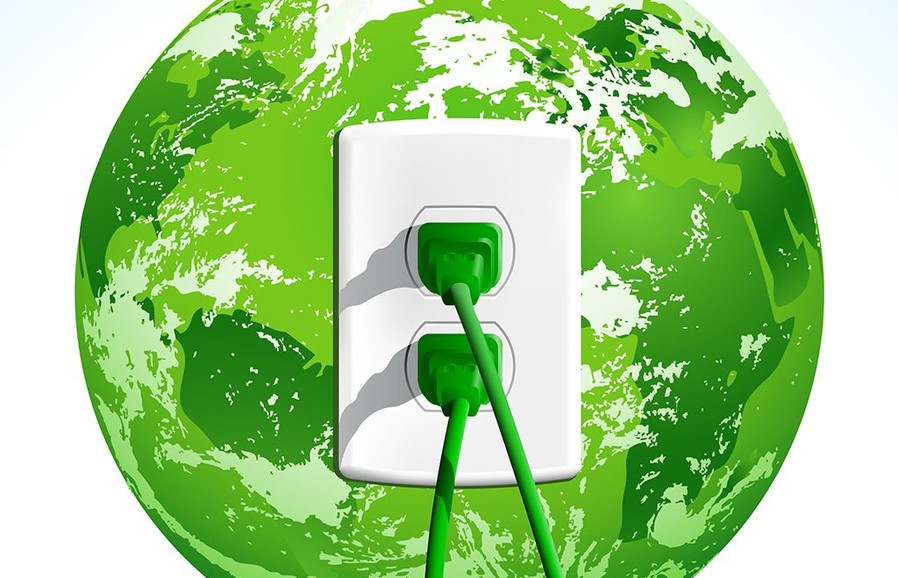
Save Energy on Lighting
19th Oct 2015
As increases in environmental consciousness continue to spur the search for clean, renewable energy sources, we are all being called upon to do our part in lessening our individual impact on our planet. We already have electric cars on the roads, wind turbine generators in the fields, and wave paddle technology in the oceans. Maybe you even have a solar panel, or two on the roof. So, how can you go even further in lessening your carbon footprint? You might be able to save energy on lighting in your household by changing simply by changing the type of bulbs you use.
If you are still using incandescent light bulbs in lamps, and overhead lighting areas, you may want to consider switching to a more advanced lighting technology. Huge leaps have been made in the last few decades allowing consumers multiple options in how they choose to light their world.
Some of the prime competitors to outdated, incandescent lighting include more energy efficient options such as Halogen Intensity Discharge (HID), Compact Fluorescent Lighting (CFL), and Light Emitting Diodes (LED). Each type of lighting has it’s own unique set of advantages and disadvantages, but once you make the switch the savings in both monthly cost, and energy consumption are well worth it!
If you were to go into the five most used areas in your home, and change out the old incandescent bulbs with any one of these other options you stand to use between 25% - 80% less energy depending on the light you pick. Not only is this an energy saving lighting solution, it also saves you money! Did you know that many of these more advanced light bulbs can last anywhere from 3 to 25 times longer than traditional bulbs? Now that’s how you save energy on lighting!
These energy saving upgrades are available in the same variety of colors, shapes, sizes, and wattage you’ve come to find in older, less efficient bulbs. Though often slightly more costly at point of purchase, the money saved in energy efficiency and longevity make any one of these light bulbs a wise choice over your old incandescent bulbs.
Once you begin to compare and discover that a 12 watt LED bulb emits the same amount of light as a 60 watt incandescent it begins to become clear what the right environmental choice is. If that’s enough to get you thinking, then consider how much difference it would make if you only had to change your bulb out every 12,000 hours instead of ever 1000 hours. That should shed enough light on the subject to see the possibilities.

